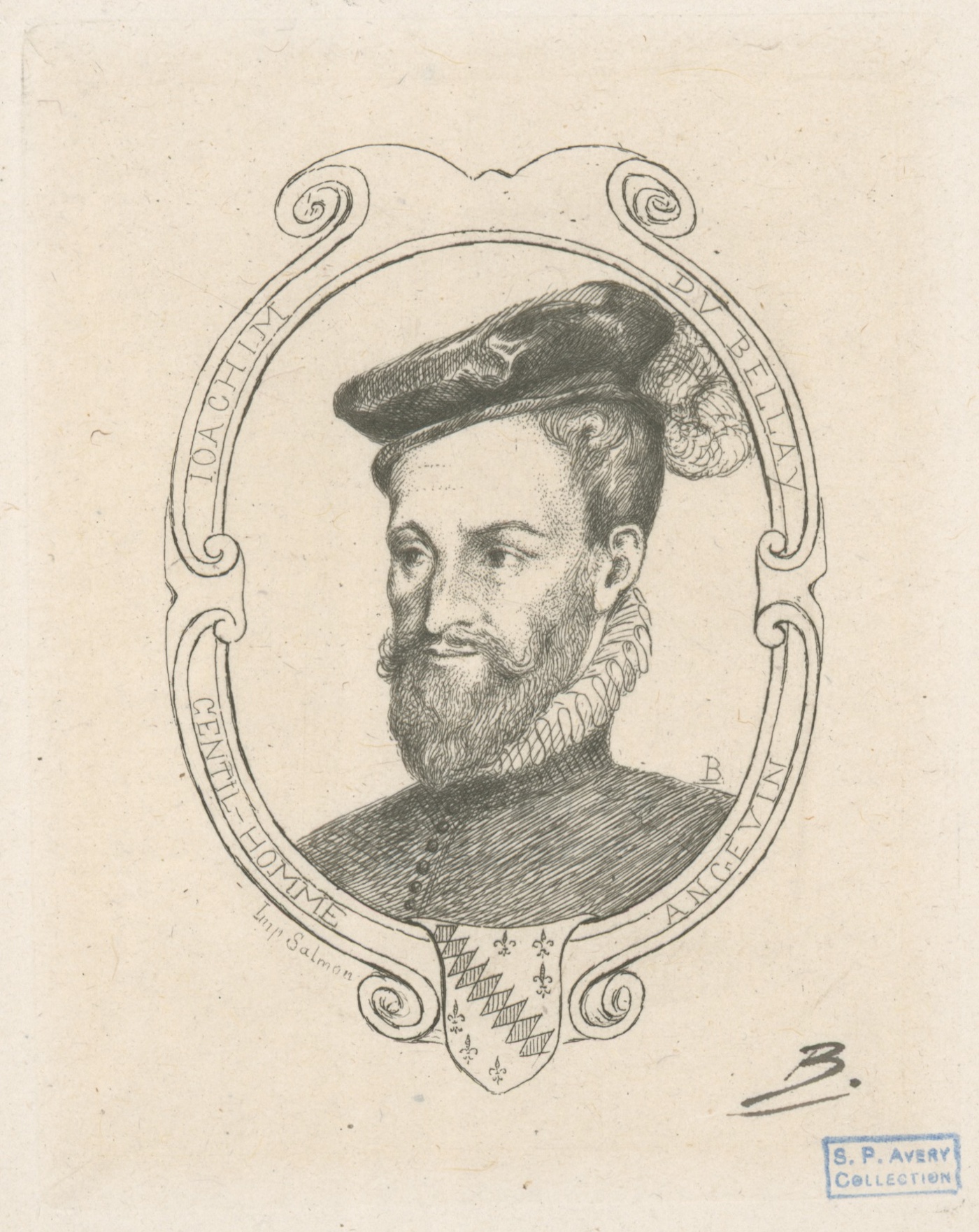The second of two bodies buried in lead sarcophagi recovered from beneath the Notre Dame Cathedral in Paris has almost certainly been identified two years after its discovery. Discovered during a preparatory dig to repair the fire-damaged church’s spire, the preserved cadaver is most likely that of French aristocratic poet Joachim du Bellay, who died in 1560.
After archaeologists affiliated with the French National Institute for Preventive Archaeological Research (Inrap) found the two tombs in 2022, the research team at the Forensic Institute of the University Hospital of Toulouse identified the first individual, who reportedly had “extraordinarily good teeth,” as religious dignitary Antoine de la Porte through a bronze epitaph on the sarcophagus. De la Porte died in December 1710 at the age of 83. The second individual was initially described as a young, aristocratic cavalier (with significantly poor teeth in comparison) based on the pelvic structure. Since accessing the site to prepare it for restorations, Inrap has located over 100 graves and excavated 80 of them from beneath the cathedral. All but one of the recovered bodies was male, often either an elite layperson or a member of the clergy.

In a recent update from Inrap, University of Toulouse Professor Eric Crubézy explained that the second individual “died of chronic tuberculous meningitis in the 16th century in his fourth decade — an age that is rarely represented among the burials of important people in the cathedral.”
“Our attention was focused on Joachim du Bellay, a distinguished horseman and tubercular poet who died in 1560, whose autopsy revealed signs of chronic meningitis,” Crubézy continued.
Notably, du Bellay was preserved in a different way than de la Porte. His skeleton was found with the top half of the skull sawed off and plant matter was identified in the sarcophagus, indicating that he was autopsied and then embalmed.
The poet was born to a noble family in France’s Anjou province in 1522 and died at either 37 or 38 years of age, having suffered from chronic health problems and endured intermittent deafness throughout his lifetime. He’s best remembered for leading the French Renaissance literary movement La Pléiade alongside Pierre de Ronsard and Jean-Antoine de Baïf, and for publishing the group’s 1549 manifesto Défense et illustration de la langue française (“Defense and Illustration of the French Language”).
Du Bellay has also been credited with popularizing sonnet writing, especially love sonnets, in French.

